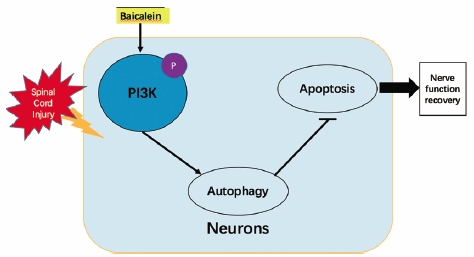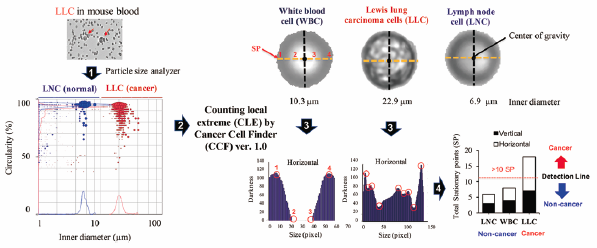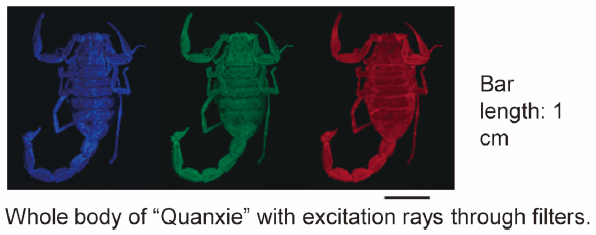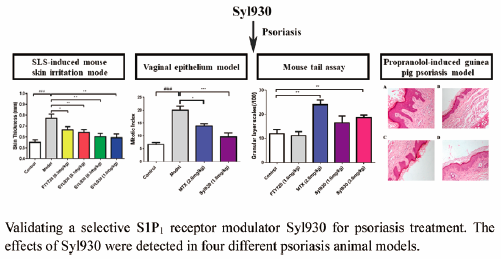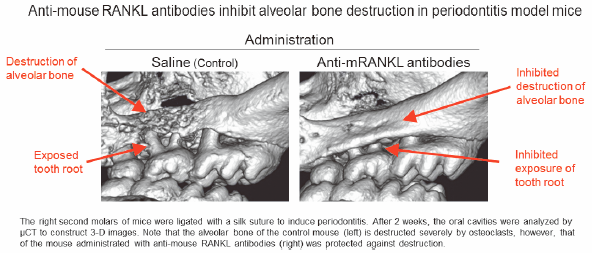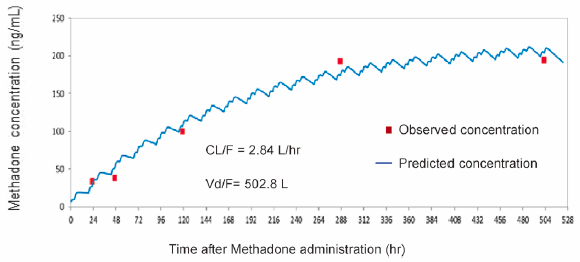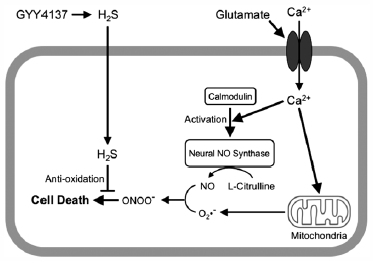- |<
- <
- 1
- >
- >|
-
2018 年 41 巻 4 号 p. 451-457
発行日: 2018/04/01
公開日: 2018/04/01
PDF形式でダウンロード (4232K) HTML形式で全画面表示 -
2018 年 41 巻 4 号 p. 458-464
発行日: 2018/04/01
公開日: 2018/04/01
PDF形式でダウンロード (3637K) HTML形式で全画面表示 -
2018 年 41 巻 4 号 p. 465-469
発行日: 2018/04/01
公開日: 2018/04/01
PDF形式でダウンロード (1839K) HTML形式で全画面表示 -
2018 年 41 巻 4 号 p. 470-477
発行日: 2018/04/01
公開日: 2018/04/01
[早期公開] 公開日: 2018/02/03PDF形式でダウンロード (1917K) HTML形式で全画面表示 -
2018 年 41 巻 4 号 p. 478-486
発行日: 2018/04/01
公開日: 2018/04/01
[早期公開] 公開日: 2018/01/23PDF形式でダウンロード (4247K) HTML形式で全画面表示 -
2018 年 41 巻 4 号 p. 487-503
発行日: 2018/04/01
公開日: 2018/04/01
[早期公開] 公開日: 2018/01/13PDF形式でダウンロード (6419K) HTML形式で全画面表示 -
2018 年 41 巻 4 号 p. 504-509
発行日: 2018/04/01
公開日: 2018/04/01
[早期公開] 公開日: 2018/02/06PDF形式でダウンロード (614K) HTML形式で全画面表示 -
2018 年 41 巻 4 号 p. 510-523
発行日: 2018/04/01
公開日: 2018/04/01
PDF形式でダウンロード (32752K) HTML形式で全画面表示 -
2018 年 41 巻 4 号 p. 524-529
発行日: 2018/04/01
公開日: 2018/04/01
PDF形式でダウンロード (513K) HTML形式で全画面表示 -
2018 年 41 巻 4 号 p. 530-535
発行日: 2018/04/01
公開日: 2018/04/01
PDF形式でダウンロード (2157K) HTML形式で全画面表示 -
2018 年 41 巻 4 号 p. 536-545
発行日: 2018/04/01
公開日: 2018/04/01
PDF形式でダウンロード (862K) HTML形式で全画面表示 -
2018 年 41 巻 4 号 p. 546-554
発行日: 2018/04/01
公開日: 2018/04/01
PDF形式でダウンロード (1285K) HTML形式で全画面表示 -
2018 年 41 巻 4 号 p. 555-563
発行日: 2018/04/01
公開日: 2018/04/01
PDF形式でダウンロード (891K) HTML形式で全画面表示 -
2018 年 41 巻 4 号 p. 564-569
発行日: 2018/04/01
公開日: 2018/04/01
PDF形式でダウンロード (542K) HTML形式で全画面表示 -
2018 年 41 巻 4 号 p. 570-574
発行日: 2018/04/01
公開日: 2018/04/01
[早期公開] 公開日: 2018/01/30PDF形式でダウンロード (1594K) HTML形式で全画面表示 -
2018 年 41 巻 4 号 p. 575-584
発行日: 2018/04/01
公開日: 2018/04/01
PDF形式でダウンロード (7140K) HTML形式で全画面表示 -
2018 年 41 巻 4 号 p. 585-591
発行日: 2018/04/01
公開日: 2018/04/01
PDF形式でダウンロード (2634K) HTML形式で全画面表示 -
2018 年 41 巻 4 号 p. 592-596
発行日: 2018/04/01
公開日: 2018/04/01
[早期公開] 公開日: 2018/02/07PDF形式でダウンロード (1419K) HTML形式で全画面表示 -
2018 年 41 巻 4 号 p. 597-603
発行日: 2018/04/01
公開日: 2018/04/01
PDF形式でダウンロード (714K) HTML形式で全画面表示 -
2018 年 41 巻 4 号 p. 604-611
発行日: 2018/04/01
公開日: 2018/04/01
PDF形式でダウンロード (1644K) HTML形式で全画面表示 -
 2018 年 41 巻 4 号 p. 612-618
2018 年 41 巻 4 号 p. 612-618
発行日: 2018/04/01
公開日: 2018/04/01
Editor's pickHuman immunodeficiency virus type 1 (HIV-1) recruits diverse cellular factors into viral particles during its morphogenesis, which apparently play roles in modulating its infectivity. The article by Mouree et al. evaluated that a key glycolytic protein, pyruvate kinase muscle type 2 (PKM2) is incorporated into viral particles. Furthermore, the virion-packaged PKM2 significantly reduces the viral infectivity by affecting the selective packaging of intravirion tRNALys3, which primes the initiation of reverse transcription, along with other nonpriming tRNAs, such as tRNALys1,2 and tRNAAsn, without affecting the cytoplasmic level of these tRNAs. These findings proposed that PKM2 is a vital host factor that negatively affects HIV-1 infectivity by targeting the tRNALys3-mediated initiation of reverse transcription in target cells.
PDF形式でダウンロード (879K) HTML形式で全画面表示 -
2018 年 41 巻 4 号 p. 619-627
発行日: 2018/04/01
公開日: 2018/04/01
PDF形式でダウンロード (1361K) HTML形式で全画面表示 -
2018 年 41 巻 4 号 p. 628-636
発行日: 2018/04/01
公開日: 2018/04/01
PDF形式でダウンロード (2888K) HTML形式で全画面表示 -
2018 年 41 巻 4 号 p. 637-643
発行日: 2018/04/01
公開日: 2018/04/01
PDF形式でダウンロード (7984K) HTML形式で全画面表示
-
2018 年 41 巻 4 号 p. 644-648
発行日: 2018/04/01
公開日: 2018/04/01
PDF形式でダウンロード (338K) HTML形式で全画面表示 -
2018 年 41 巻 4 号 p. 649-651
発行日: 2018/04/01
公開日: 2018/04/01
PDF形式でダウンロード (409K) HTML形式で全画面表示 -
2018 年 41 巻 4 号 p. 652-656
発行日: 2018/04/01
公開日: 2018/04/01
PDF形式でダウンロード (1397K) HTML形式で全画面表示 -
2018 年 41 巻 4 号 p. 657-660
発行日: 2018/04/01
公開日: 2018/04/01
PDF形式でダウンロード (3436K) HTML形式で全画面表示
-
2018 年 41 巻 4 号 p. 661
発行日: 2018/04/01
公開日: 2018/04/01
PDF形式でダウンロード (191K) HTML形式で全画面表示
- |<
- <
- 1
- >
- >|





